Snow and ice
Introduction
Snow and ice are two forms of the solid state of water that have significant impacts on the Earth's climate, ecosystems, and human activities. Snow refers to the precipitation of ice crystals that form in the atmosphere when the temperature is below the freezing point of water. Ice, on the other hand, is a more general term that refers to any form of water that has frozen solid, which includes not only snow but also other forms such as sea ice, river ice, and glacial ice.
Formation of Snow
Snow forms in the atmosphere when the temperature is below the freezing point of water (0 degrees Celsius or 32 degrees Fahrenheit) and there is moisture present. The process begins with the formation of an ice nucleus, a small particle in the atmosphere around which water vapor can condense. As more and more water vapor condenses onto the nucleus, it forms a larger and larger ice crystal. These ice crystals then fall to the ground as snow.
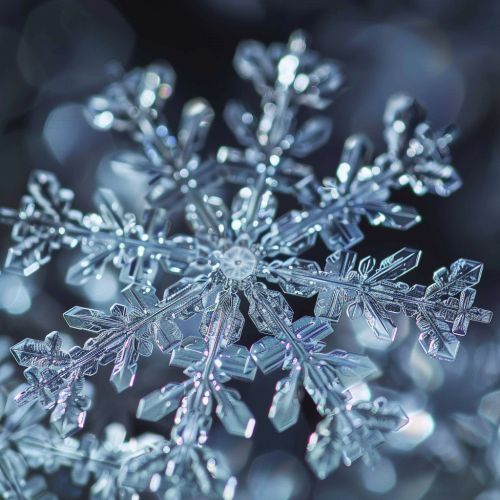
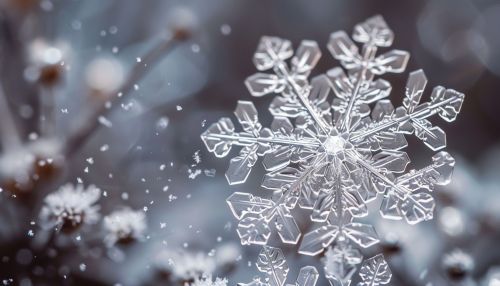
The shape of a snowflake, which is a single ice crystal or an aggregate of ice crystals, is determined by the atmospheric conditions under which it forms and grows. This includes factors such as temperature, humidity, and wind speed. For example, at temperatures just below freezing, snowflakes often form as simple hexagonal prisms. But as the temperature decreases, they can develop more complex shapes, such as dendrites with intricate branching patterns.
Properties of Snow
Snow has a number of unique properties that distinguish it from other forms of precipitation and from other forms of ice. One of these is its albedo, or its ability to reflect sunlight. Fresh snow has a high albedo, meaning it reflects a large percentage of the sunlight that hits it. This is why snow-covered landscapes appear bright and white. However, as snow ages and becomes contaminated with dirt and other particles, its albedo decreases.
Another important property of snow is its insulating ability. Because snow is composed of ice crystals separated by tiny air pockets, it can effectively insulate the ground below from the cold air above. This is why the temperature of the ground under a thick layer of snow can often be much warmer than the air temperature.
Snow and Climate
Snow plays a crucial role in the Earth's climate system. Its high albedo helps to regulate the planet's temperature by reflecting sunlight back into space. This cooling effect is particularly important in the polar regions, where the reflection of sunlight by snow and ice helps to maintain the cold temperatures necessary for these regions to remain frozen.


Snow also plays a key role in the hydrological cycle, the process by which water is circulated around the Earth. In many parts of the world, snow that falls in the winter accumulates and is stored until the spring and summer, when it melts and provides a crucial source of water for plants, animals, and humans.
Formation of Ice
Ice forms when water freezes, which occurs when its temperature drops below the freezing point. This can happen in a variety of contexts, resulting in different types of ice. For example, when the surface of a lake or river freezes, it forms what is known as freshwater ice. When sea water freezes, it forms sea ice, which is slightly different because it contains salt.
The process of ice formation also involves the growth of ice crystals. However, unlike in the formation of snow, these crystals do not form in the atmosphere but instead form directly in the water as it freezes. The size and shape of these crystals can vary depending on the conditions under which the ice forms.
Properties of Ice
Ice, like snow, has a high albedo and therefore reflects a large amount of sunlight. However, the albedo of ice can vary depending on its surface characteristics. For example, smooth ice reflects more sunlight than rough ice. Similarly, ice that is covered with snow has a higher albedo than bare ice.
Ice is also an effective insulator. This is why bodies of water that are covered with ice often remain liquid underneath, because the ice insulates the water below from the cold air above.
Ice and Climate
Ice, particularly sea ice, plays a crucial role in the Earth's climate system. By reflecting sunlight, sea ice helps to cool the planet and regulate its temperature. This is particularly important in the polar regions, where sea ice acts as a kind of air conditioner for the planet.

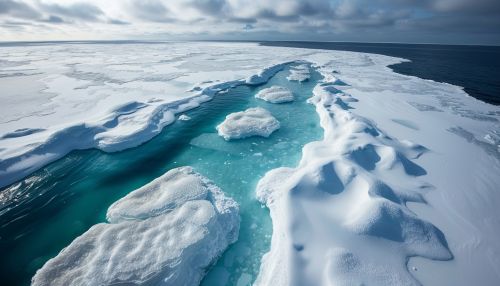
Sea ice also plays a key role in the global ocean circulation, which is a major driver of the Earth's climate. When sea water freezes to form sea ice, the salt is left behind, making the surrounding water denser and causing it to sink. This sinking water drives the deep ocean currents, which in turn influence the climate on a global scale.
Human Interaction with Snow and Ice
Human activities are significantly affected by the presence of snow and ice. In many parts of the world, snow provides a source of water for drinking and irrigation. Snow also supports a variety of recreational activities, such as skiing and snowboarding.
However, snow and ice can also pose challenges for humans. Heavy snowfall can disrupt transportation and cause power outages. Ice on roads and sidewalks can create hazardous conditions and lead to accidents.
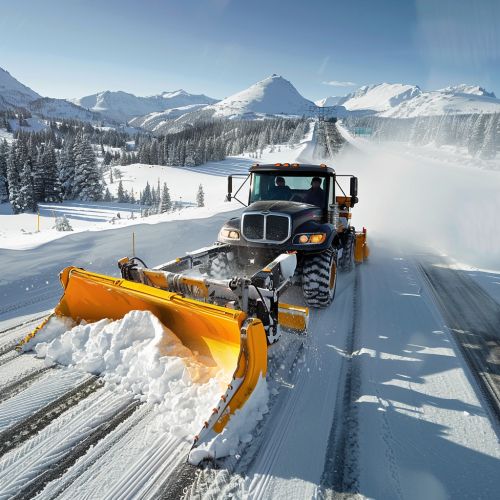
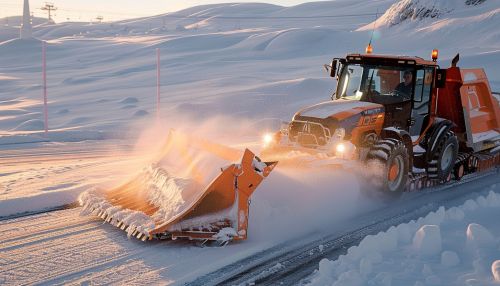
Human activities can also impact snow and ice. Climate change, caused by human emissions of greenhouse gases, is leading to a reduction in the extent and thickness of sea ice in the polar regions. This loss of sea ice is having profound effects on the climate system, as well as on the ecosystems and human communities that depend on it.
See Also
- Glaciers and their impact on global sea levels
- Understanding avalanches and their dangers
- Climate change and its impact on polar ice caps
